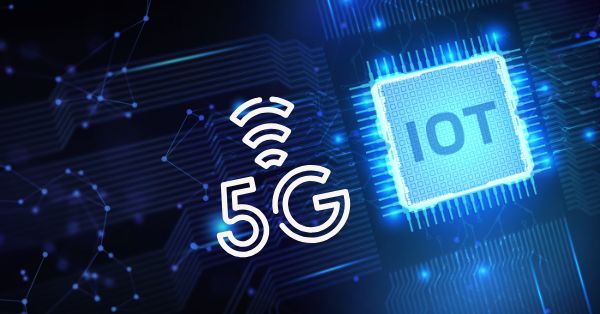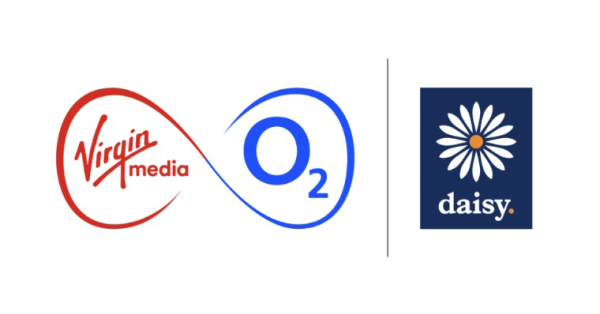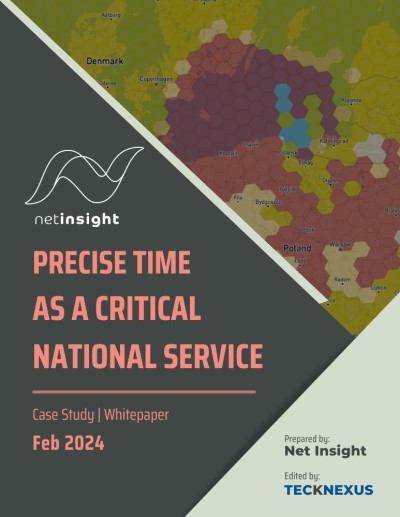From SON to AI-Native: A Decade of RAN Intelligence
AI’s journey in the RAN began with rule-based Self-Organizing Networks (SON) that offered automation of basic tasks such as neighbor list updates and interference mitigation. However, these early solutions were often vendor-specific and siloed. The arrival of 5G sparked a new era — one that demands adaptable, data-driven intelligence to manage dense networks, multiple spectrum layers, and ultra-low latency use cases.
Enter the AI-native RAN: an architectural approach where AI isn’t bolted on — it is embedded across the entire RAN stack. This includes intelligent beamforming, dynamic spectrum allocation, predictive maintenance, and even signal processing at the physical layer. Models continuously learn and adapt using massive datasets — a leap forward from static SON logic.
With 6G on the horizon, the convergence of Generative AI (GenAI), Foundation Models, and real-time network telemetry opens the door to autonomous networks that can self-configure, self-optimize, and self-heal.
Architectural Shift: Building Blocks of AI-Native RAN
To enable AI at scale, the traditional RAN architecture must evolve — from rigid, vendor-locked boxes to disaggregated, cloud-native, and open ecosystems. This includes:
- Open RAN (O-RAN): By separating control and user planes and defining open interfaces (A1, E2, O1), O-RAN enables third-party AI applications to interface with the network. The introduction of the RAN Intelligent Controller (RIC) — split into Near-Real-Time (near-RT) and Non-Real-Time (non-RT) — is central to this architecture.
- Cloudification: Virtualized RAN (vRAN) and Cloud RAN (C-RAN) models enable dynamic resource allocation and seamless deployment of AI modules, akin to DevOps in IT.
- AI-Optimized Hardware: Transitioning from ASICs to general-purpose CPUs, GPUs, and AI accelerators allows RAN components to support both signal processing and ML inference workloads at the edge.
- MLOps in Telecom: Building a robust AI pipeline — from data collection to model training and deployment — is critical. AI-native RANs must incorporate DevOps-style workflows for continuous learning and deployment of ML models
Open RAN and the Power of the RIC
The RIC is a game-changer, bringing programmable intelligence to the RAN via xApps (near-RT) and rApps (non-RT). Examples include:
- A near-RT xApp optimizing handover decisions in real-time based on user mobility.
- A non-RT rApp analyzing week-long trends to update cell configurations for improved coverage or energy savings.
By decoupling intelligence from infrastructure, RIC enables a vibrant innovation ecosystem — similar to an app store model — where operators can choose from a variety of AI solutions, reducing vendor lock-in and speeding up innovation.
AI Use Cases Across the RAN
AI is touching every part of the RAN lifecycle. Here are some of the most impactful applications:
1. AIOps for Network Automation
AI for IT operations (AIOps) is revolutionizing network management:
- Fault Prediction & Self-Healing: Models detect anomalies and trigger proactive remediation.
- Performance Optimization: Algorithms tune parameters like antenna tilt and power in real time.
- Closed-Loop Automation: Monitoring, analysis, decision, and action cycles complete autonomously.
Operators like Rakuten Mobile run hyper-automated networks with minimal operational staff, showcasing what full AIOps maturity looks like.
2. Generative AI in RAN
GenAI models — especially large language models (LLMs) — are now being used for:
- Natural language troubleshooting
- Automated script generation
- AI-powered documentation and chatbot support for field engineers
These models democratize access to network intelligence and enable rapid knowledge transfer.
3. AI for Spectrum & QoS Optimization
- Dynamic Spectrum Sharing: AI allocates frequencies based on real-time demand.
- Traffic Steering: Prioritizes resources based on application QoS (e.g., video vs. IoT).
- Interference Management: AI learns optimal cell coordination strategies, reducing drops and latency.
4. Energy-Efficient RANs
AI helps operators meet sustainability targets:
- Dynamic Power Scaling: Deactivating carriers or antennas during low usage periods.
- AI-Powered Sleep Modes: Predicting usage patterns to save power without degrading QoS
The Road Ahead: AI as a Strategic Differentiator
Looking forward, the RAN could become more than just a transport layer — it could evolve into a distributed AI fabric. AI-native architectures will not only support real-time optimization but also serve as edge inference platforms for enterprise and IoT use cases.
The emergence of cross-industry alliances like the AI-RAN Alliance reflects the strategic convergence of telecom, cloud, and semiconductor players. No single vendor can deliver the full vision alone — collaboration is key.
Final Thoughts
AI-native RANs offer more than operational efficiency. They represent a foundational shift in how networks are built, operated, and monetized. For telcos, the challenge is to align technology, talent, and partnerships around a clear AI transformation roadmap.
The question is no longer if AI will change the RAN — it’s how fast you are willing to embrace it.























